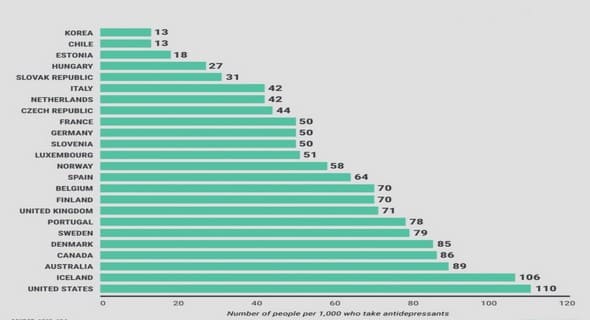(Downloads - 0)
For more info about our services contact : help@bestpfe.com
Table of contents
1 Experimental Fluid Mechanics
1.1 Passive Tracers
1.2 Measurements in Flows
1.3 From Planar to tridimensional (3D) Measurements
1.4 Conclusion
2 TomoPIV: Settings and Models
2.1 Experimental Setup
2.1.1 Volume Illumination
2.1.2 Particles
2.1.2.1 Dynamics
2.1.2.2 Light scattering
2.1.3 Sensors
2.1.4 Small Particles’ Imaging
2.1.5 System Calibration
2.1.6 Summary
2.2 Related Model
2.2.1 General Assumptions
2.2.2 Continuous frame
2.2.2.1 Density Function and Transport Assumption
2.2.2.2 Physical-Based Continuous Model
2.2.2.3 Approximated Continuous Model
2.2.3 Digitized frame
2.2.3.1 Preliminary Notations
2.2.3.2 Blob-Based Density Function
2.2.3.3 Particle-Based Density Function
2.2.3.4 Image Formation
2.2.3.5 Transport Model
2.2.4 Summary
3 Volume Reconstruction
3.1 System Features
3.2 Notations
3.3 Standard Procedures for Tomographic PIV (tomoPIV) Volume Reconstruction
3.4 Inverse Problem
3.4.1 Choices of the Cost Function on the Signal
3.4.2 Choices on the Function Penalizing the Prediction-Observation Discrepancy
3.5 Beyond (M)ART with Proximal Methods
3.5.1 The Gradient Project Method (GPM) and Variants
3.5.2 Proximal Gradient Method (PGM) Applied to Tomo-PIV Problem (3.18)
3.5.3 Nonlinear GPM Applied to Tomo-PIV Problem (3.19)
3.6 Tomo-PIV Reconstruction based on the Alternating Direction Method of Multipliers .
3.6.1 Alternating Direction Method of Multipliers (ADMM)
3.6.2 Application to Tomo-PIV Problem (3.17)
3.7 Other Computational Methods for Sparse Linear Solutions
3.8 Guarantees Related to the `0- and `1-norms
3.9 Pruning
3.10 Assessement
3.10.1 Synthetic Setting
3.10.2 Description of Evaluation Criteria
3.10.3 Nomenclature
3.10.4 Pruning Assessement
3.10.5 Volume Reconstruction Assessement
3.11 Summary
4 Velocity Estimation
4.1 Features
4.2 Classical Motion Estimation Methods
4.3 Joint Local Method
4.4 Assessement
4.4.1 Synthetic Setting
4.4.2 Description of Evaluation Criteria
4.4.3 Nomenclature
4.4.4 Velocity Reconstruction Assessement
4.5 Summary
5 Conclusion and Perspectives
A Lagrangian and Eulerian Specification of the Flow Field
B Mie Scattering Coefficients
C Synthetic Configuration of the Imaging System
D Implementation of (2.39)
E The Proximal Operator
Bibliography



